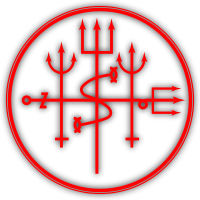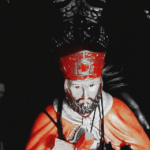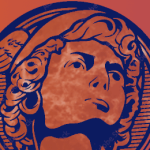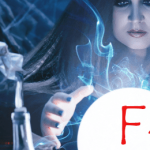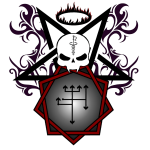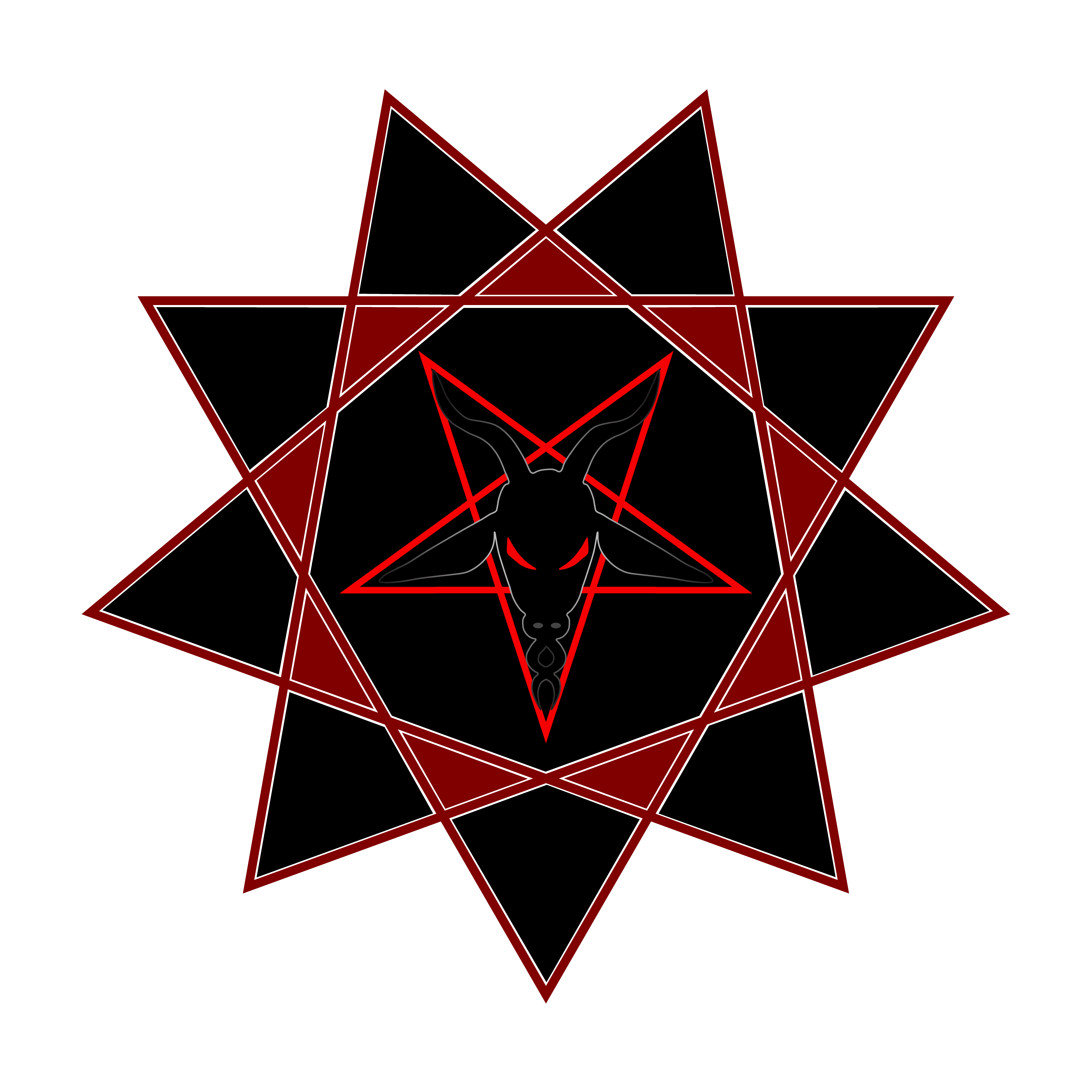Table of Contents
What is a Saint?
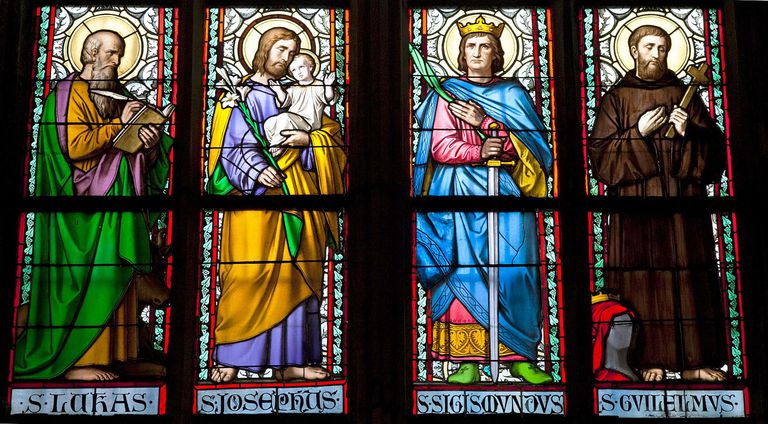
Most of us are exposed to the concept of saints via catholicism. They are first-to-market with this idea, at least in the popular understanding. In this faction of christianity, a saint is a very specific title, conferred by the church in recognition of very specific criteria.
The catholic church defines a saint as a soul enjoying the Beatific Vision in a functional capacity. That is a christian that enjoys perfect salvation; heaven, and being part of the elite of redeemed humanity is able to communicate with god face to face (1 Cor 13:11–12). This is accomplished in 4 stages as set forth by the catholics, which I will briefly summarize. The actual process is very complicated and can take centuries to complete.
Catholics Love Checklists!
10th century pope John XV, set forth the requirements and process for identifying saints. Prior to this formal criterion, saints were declared by zealous cults that arose around local clergy.
The Long Road to Canonization
Stage 1 - Apparently catholic Heaven can be Like the DMV
Wait 5 years after death…
Yeah, you’re supposed to wait for five whole years before the would-be saint can begin consideration. This is to allow emotions to cool allegedly, however the pope can override this condition as was done with pope John Paul II. This is the exception however as some catholic saints have waited for over a thousand years to be canonized (St. Bede for example waited 1164 years)!
Stage 2 - Ready to Serve?
After the 5 year waiting period the local bishop of the diocese where the would-be saint worked and died will open an investigation to determine how virtuous the life of the deceased was. Testimonials, findings, and records are collected and submitted to the Congregation for the Causes of Saints at the Vatican. The Congregation for Causes is looking for clear evidence that the pre-saint generated work which resulted in people being drawn to prayer. Conversions are probably a big deal here as well. If the the life of the person is determined to be of sufficient holliness, they are declared a “Servant of God”, and move on to the next round.
Stage 3 - I Need a Hero
Now the big guy himself reviews the case (no not god, god’s boss; The Pope!). If the papacy in his infallable wisdom determines that the candidate lived a life of “Heroic Virtue”, he/she is granted the title of “Venerable”, and moves to the next round.
Stage 4 - Bending Spoons
Alright things are really heating up now! Allot hangs in the balance. Imagine, you’re in heaven and everyone is watching this process taking place on Earth. If your people fuck this up you will be the laughing stock of the celestial realm. Can you imagine how insufferable Jesus could be if he was rubbing your failed sainthood in your face, and just generally being a dick? Forever? Fuck that.
Unfortunately for the candidate, this is where things get a bit tricky. Literally. At this point the candidate needs to have a miracle attributed to them.
People on earth pray to the candidate. Something miraculous happens and the prayer is answered therefore the candidate must be in heaven, in the presence of god, and have the ability to ask god to perform miracles.
Here’s a quick diagram of the logic (actually its bloated, busy, and totally unnecessary. I just wanted to make it):
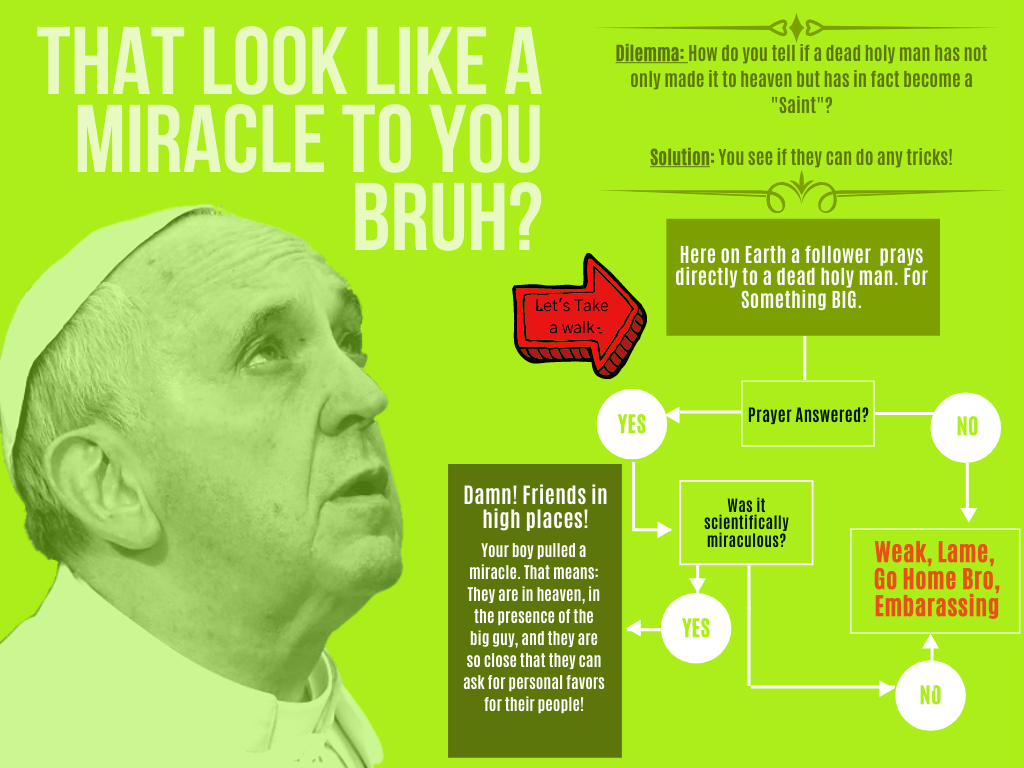
For example pope John Paul II is credited with interceding on behalf of a nun who was suffering from supposedly terminal Parkinson’s disease and made a supposedly miraculous recovery that cannot be explained scientifically.
If a miracle is attributed to the candidate, the pope declares they have attained “Beatification”, which is a kind of state of bliss that results from having a lofty position in heaven.

At this stage the candidate is given the title “Blessed”.
The only exception to this step is in the case of martyrs. If the church finds that someone died for or in defense of their christian faith, they are automatically beatified.
Types of Miracles:
Again returning to the catholics to look at the types of miracles that can occur. We find four general types defined.
- Power Over Nature: The natural world and its contents.
- Power Over Supply: Like feeding a great number of people from a single loaf of bread.
- Power Over Healing: I think this will include resurrection as well as impossible feats of healing.
- Power Over the Demonic: They are specifically referring to mortal man temporarily wielding the power to banish demons. This suggests of course that demons are more powerful than humans in general (which is true, certainly, but not in the way or for the reasons people might imagine).
Stage 5 - Can You Do That Again Please? (I wasn't looking)
After beatification the candidate needs to perform another miracle. Confirming their status in heaven now reflects the churches determination of their status (Yeah I don’t really get it either. It relates to the idea that god and the catholic church have an understanding that god will enforce and support the decisions made by the pope(!).).
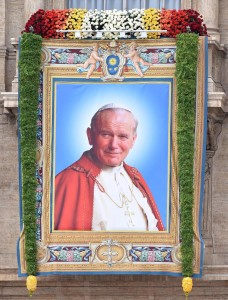
At this point the pope officially canonizes the candidate and they are declared a saint. Basically it’s now ok to pray to this person, and they might get a holy day named in their honor. There are over 10,000 catholic saints.
Wow! That was a journey!
A scholarly investigation of the catholic mysteries of canonization is chocked full of some really interesting stuff, and the rabbit hole goes pretty deep.
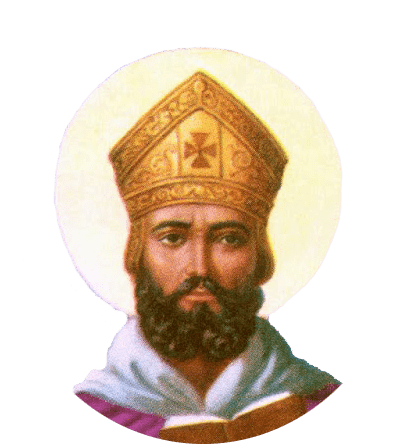
Sainthood in Other Religions
Most RHP religions have a concept equivalent to sainthood. The following is not exhaustive, it’s just to show how common this idea is.
- Jewish tzadik (righteous one)
- Islamic walī (friend of god)
- Hindu rishi (possibly “to move”)
- Sikh guru (teacher)
- Shintoist kami (gods)
- Buddhist arhat (to deserve) or bodhisattva (enlightened being)
Depending on the tradition, sainthood is attained by either a declaration by religious authority or as a social phenomenon within the flock.
The Saints in Magic
Various afro-caribbean religio-magical practices have incorprated and/or syncretized the traditional catholic saints with their own gods. This was originally done for survival, but over time has developed into an essential component of some of these religions.
This has resulted in some interesting pairs of powers. For example some sects of Santeria have equated the ultra-masculine archetypal spirit Chango with Saint Barbara.
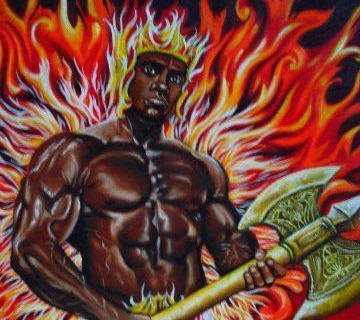
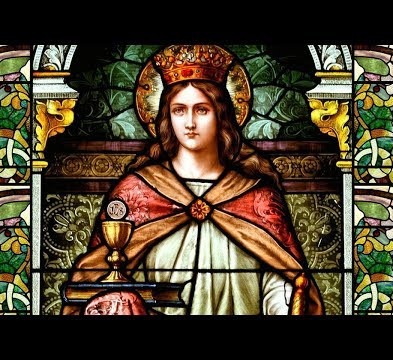
The Concept of Sainthood
As we can see, the idea of sainthood is really about power, functional power, or more precisely the ability to exercise power in the world. Christian theology has a concept called divinization that refers to a transformation that is the product of living in a state of perfect grace or holiness.
This is sometimes dsescribed as a kind of union with divinity (THE core tenet of the Right-Hand Path). Christians of course don’t like to discuss saints as power patrons, but from a practical perspective; a saint is a being that can make adjustments to reality on your behalf through their close relationship with or proximity to god. The Eastern Orthodox catholics have ideas that border on self-divinity through living a “virtuous” life. All very hush hush stuff. Double Yawn…
A LHP Agenda Buried in Mormonism?
The mormons have the doctrine of exaltation, which basically describes a course of continued evolution post-mortem, eventually resulting in a state of personal godhood and the ability to create one’s own universe, worlds, people, etc. In fact they believe that their god is the product of this process; that he was at some point just a man.
The LDS church is a curious hodge-podge (why do I keep using that word?) of christianity, freemasonry, and European mysticism. I was once married to a mormon, and I got the full tour so to speak. This raises an interesting question: Is the fundamental quest of mormonism a LHP goal (apotheosis)? Yeah, chew on that for a few days.
Full Circle to the Left-Hand Path
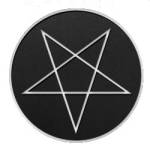
It is obvious by now that the underlying ideas of sainthood are in fact very relevant to the Left-Hand Path. The path towards apotheosis and a state of full godhood has many stages, and it is completely appropriate to recognize those great masters of black magic that have attained exalted states in life, and most certainly continue to reach for the stars in death.
The practical applications of the concept of Black Magic Saints for the modern LHP initiate, are several. Firstly, our infernal saints serve as exemplary role models for our own attainment. Their work has been handed down to us to assist us in our incredible journey towards eternity.
Next I see these masters as symbols of certain concepts, powers, and attributes that they most exemplified in life. Finally the great masters worthy of canonization are potent forces within the Universe, and are therefore potentially allies in our magical works.
It is in this spirit that I have canonized a legion of Infernal Saints, and mapped them into my personal magical universe. I have attributed magical correspondences to them, and developed novel methods for incorporating them into my own initiatory work.
Choosing the Infernal Saints
Obviously defining a pantheon of saints for black magical inspiration and work is a personal process and therefore each magician’s list will be different. To make this idea workable in a general sense, I have decided to define a list of infernal saints that would be universally recognized by most black magicians. These are the general saints that can be mapped into any initiatory symbol system for use by the black magician. From there I would encourage each of you to explore those figures within the history of black magic and the left-hand path, and even deeply personal initiatory figures from your own life that have been inspiring and/or impactful to you, and consider them for canonization and inclusion in your personal system.
If you pursue this work, the result would be a pantheon of divine/semi-divine spirits that is composed of both general and personal figures. From there you must find novel methods of integrating these powers into your own work on the Left-Hand Path.
The Octophori
Within The Order of Sorcerous Intrusions (yes there is an initiatory order behind S.I.D.E.), the Infernal Saints are referred to as “Octophori”. The term itself is Latin and translates as “borne by eight”. The significance is drawn from the angular magical system of the Order of the Trapezoid (An order within the Temple of Set and prior to that the original Church of Satan.). The Eighth Angle of Infernal Geometry is the angle of the Great Masters who raise the trihedrons and establish the work of Re-Creation (the process that leads to perfection or divinity). Accordingly I felt that Octophori was a suitable title for our saints.
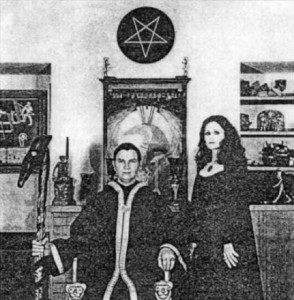
Qualification
Of course you will want to refine your own system of criteria for determining if someone qualifies for canonization. The qualities listed below are a good place to start and they reflect my method.
Discarnate: As the goal is to build magically usable connections with the great masters of the Left-Hand Path by arranging their surrounding life elements into magically potent legends and mythos, they must be physically embodied no longer; They need to be dead.
Powerful: The candidate needs to have been a powerful magician, capable of causing alterations to the Universe and themselves through their mastery of the black arts. This can be hard to evidence, this is simply the nature of this conundrum. If the candidate’s magical potency can be personally attested to by at least two adept black magicians, then that is sufficient. Failing that, you will need to perform extensive research into the tales of magical feats surrounding their life. Hopefully arriving at a conclusion that they very probably were actually powerful sorcerers/sorcesses.
Left-Hand Path: The candidate needs to have been a BLACK magician (sorry you can’t canonize Crowley in this system and PLEASE don’t try, and no I don’t want to hear your theories about Crowley being a black magician. Ok? Thanks.). So we are looking at a black magician in pursuit of personal, divine, immortality. Master magicians of the Right-Hand Path, if they are indeed masters, would no-longer exist as independent intelligences after death. The goal of the RHP is ultimately annihilation of the individual self. So you would just be talking to the walls. Sorry.
Expertise: The would-be Octophori needs to have left a body of work (written and practical) that would be considered a significant contribution to the Left-hand Path. They should be a somebody, even if they are relatively unknown. Their teachings need to stand up to scrutiny by qualified LHP initiates, and provide timeless value to the path as a whole.
Elect: This criteria is going to get me some pushback I would imagine. This phenomenon is somewhat controversial and not universally recognized by all LHP initiates. This is of little concern to me however, as I have been fortunate enough to witness it firsthand multiple times, as well as having experienced it myself, even this very minute as I write these words.
I determined that the infernal saints should have received THE special initiation by the Prince of Darkness that is characterized by a kind of extreme sympathy between the Dark Lord and the initiate. This connection is of such a resonant quality that the result is a measure of The Prince of Darkness being extended into the very being of the initiate. Causing a state where the psyche of the initiate has been functionally divinized and consecrated by The Prince of Darkness. Even to the extent that the initiate can be seen to embody (literally) a measure of The Boss.
This initiation manifests in different ways depending on the circumstances of the candidate’s life and magical education. The most visible and well-known manifestation of this quality is in authentic priesthoods of the LHP. Examples include the Priesthood of Set (Temple of Set), and the pre-1975 Priesthood of Mendes (Church of Satan). The primary criteria for being elect to these priesthoods is selection by The Devil Himself.
I have identified other valid initiatory mechanisms and bodies of work, the initiates of which can (and sometimes do) come to reflect this state. This confusing state I am trying to explain (badly) is a state of being that characterizes having been chosen by The Prince of Darkness as described above, and the resultant adjustment of the initiate’s being. The only difference is that these Elect of the Prince of Darkness, generally pursued their initiation solitarily, or with a group that doesn’t have a formal priesthood or at least not a public one that can be evaluated. So they are not formally recognized by a body of their peers (as far as I know). Despite not being as clearly demarcated as the priesthood examples cited above, they are nonetheless just as recognizable by fellow Elect, and others with eyes to see.
The Octophori of Sorcerous Intrusions & Daemonic Excellece

The following Infernal Saints or Octophori, represent both universally relevant and some of my personal picks. The less obvious Octophori like LaVoison and Rasputin have come to be canonized based on my private research findings and magical experiences.
In the table below I have included some basic details for these Octophori. This is to give you an idea of the information that you should be researching as you build your pantheon of Infernal Saints or Octophori as we call them in the Order of Sorcerous Intrusions.
Infernal Canonization
Once you have identified a LHP figure that you would like to include in your Octophori canon, you will need to canonize them. I use the following process:
1 – Deep Dive Research
Spend some time delving into the life and work of your person. Dig in, take the time to look at obscure, long forgotten resources. Every little or unknown fact that you discover significantly improves the strength and quality of connection possible between you and the future Octophori.
Build a written account of your relevant findings into a bio. Include images, footage, maps, etc.
Your account needs to include the details of their qualifications in each category. Especially any particularly impressive magical feats and contributions to the Path.
2 – Create a Fetish Object
This can be a 7 day candle with the image and details of the Octophori (as is common to catholic saints), a ritual lamen that bears their name and symbol, or an altar statue/object; it just needs to be a representation of them that is somehow relevant.
3 – Canonize
Devise a ritual declaration of their elevated status as one of the Octophori. Invoke them as part of your ritual and ask that they apply their powers for you if called to do so. Conjure the Powers of Darkness to bless the rite. If you work within a formal system, follow whatever your system prescribes. This ritual needs to be dramatic. The temple must be adorned with all of the symbols, colors, objects, images, etc. that are related to the Octophori you are canonizing.
For example during the canonization ritual of Nikola Tesla, I had several Tesla coils and a large Tesla Turbine operating.
The main coil was high above the altar, spraying lightning 10′ in all directions and lightly striking me as well while I conjured the Great Master.
Extreme safety precautions were necessary to avoid instant death, and it remains one of the most powerful ritual manifestations of a discarnate being that I have ever witnessed.
Close Encounters
I feel compelled to share an aspect of my experience with this work. I have found that when I work with the Octophori magically, there is a period of several days after the working where I will have a significant cluster of encounters with a manifestation of the Octophori. Bed side visitation in the middle of the night, corner of my eye stuff about the home, etc. I take this as a positive indication of the intercession of the Octophori. If you are the jumpy type, you may get a startle or twenty. Of course if you’re really bothered by this temporary visitation, a solid banishing technique will stop it dead (ha!). I’m not sure if this will affect the outcome of the working in any meaningful way, but it does seem rather rude to invite a guest, ask for help and then give them the boot. I’m still collecting data so I can start formulating theories about all of these dynamics affecting this practice.
My interim theory (which is mainly intuitive only) is that the ritual work, especially the invocation of the Octophori and the process of asking them to work on a task in the working; attracts the KA emanation of their soul-complex (A kind of a magical double of the complete soul-complex in composite, that can linger about the natural world distinct from the risen psyche of the deceased. One of the 8 emanations of the soul-complex identified by the Ancient Egyptian Magi.). I welcome any input of course.
Closing thoughts
I encourage you to experiment with this system of Infernal canonization and if you feel so inclined, send me your results. I would love to hear about your experiences and insights. In my own work these ideas have opened up new avenues for exploration of the soul-complex, while also providing new practical forces that can be conjured and directed towards magical goals. I have had noteworthy results in my expirements with the Octophori as well as some bizarre necromantic experiences that were spontaneous. More data is needed to even begin to formulate reasonable hypothosies about some of those experiences.
If you are so inclined, please share your work with me.
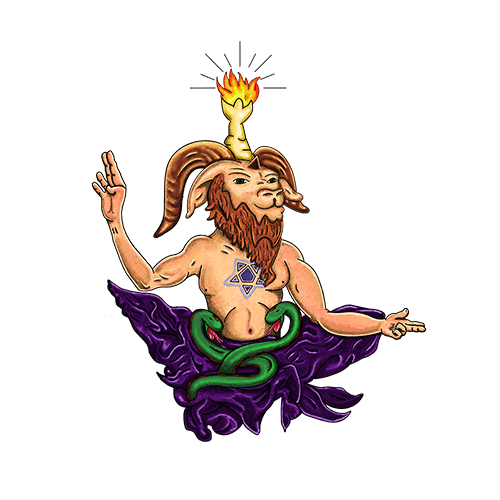
Most Truly Yours,


